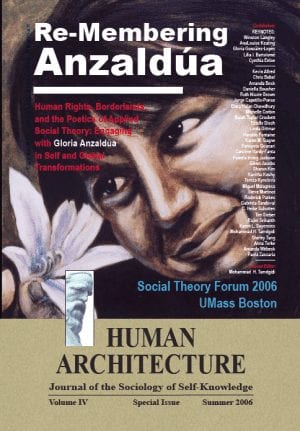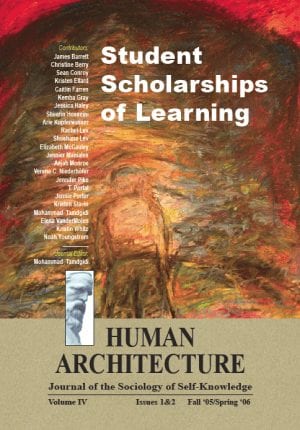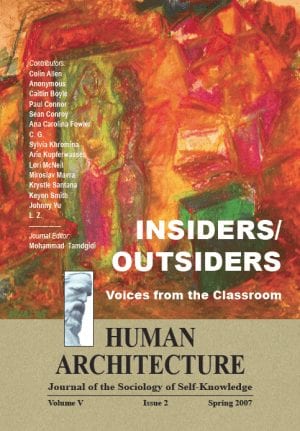Journal Article — Exploring Gloria Anzaldúa’s Methodology in Borderlands/La Frontera—The New Mestiza — by Jorge Capetillo-Ponce
$15.00
Gloria Anzaldúa’s Borderlands/La Frontera–The New Mestiza does not fit into the usual critical categories simply because she follows inclination of interest, as opposed to working at achieving systematization.
Description
Abstract
Gloria Anzaldúa’s Borderlands/La Frontera–The New Mestiza does not fit into the usual critical categories simply because she follows inclination of interest, as opposed to working at achieving systematization. Not only does she shift continually from analysis to meditation, and refuse to recognize disciplinary barriers, but she speaks poetically even when dealing with cultural, political, and social issues. Indeed her method, like Simmel’s, is more akin to “style” in art than it is to “analysis” or “inquiry” in the social sciences. A critic proclaims her/his own incompetence, however, if the mere fact that a text has a certain interdisciplinary quality scares him/ her away from her/his rightful task of elucidating its various historical, philosophical, sociological, psychological, and literary elements. In this article, I herewith take up that pleasant task, via this brief sketch pointing us toward a deeper comprehension of Anzaldúa’s Borderlands.
Recommended Citation
Capetillo-Ponce, Jorge. 2006. “Exploring Gloria Anzaldúa’s Methodology in Borderlands/La Frontera—The New Mestiza.” Pp. 87-94 in Re-Membering Anzaldúa: Human Rights, Borderlands, and the Poetics of Applied Social Theory: Engaging with Gloria Anzaldua in Self and Global Transformations (Human Architecture: Journal of the Sociology of Self-Knowledge: Volume IV, Special Issue, 2006.) Belmont, MA: Okcir Press (an imprint of Ahead Publishing House).
The various editions of Re-Membering Anzaldúa: Human Rights, Borderlands, and the Poetics of Applied Social Theory: Engaging with Gloria Anzaldua in Self and Global Transformations can be ordered from the Okcir Store and are also available for ordering from all major online bookstores worldwide (such as Amazon, Barnes&Noble, and others).
Read the Above Publication Online
To read the above publication online, you need to be logged in as an OKCIR Library member with a valid access. In that case just click on the large PDF icon below to access the publication. Make sure you refresh your browser page after logging in.








